Hello, everyone. It’s me, April, again, with another blog to bring you all up to date on the big things that have been going on #downonthefarm over the last two years. In my last two blogs, I caught you up on the story of the corn and the springwater we’re using for our products. Now, it’s time to talk about the wood we plan to age our whiskey in.
But to do that we’re going to have to step back a little further in time, back to the fall of 2020.
We had known since before we took ownership of the farm it was long overdue for a trim. By that I mean, no timber had been taken off the property in decades. An old forest is majestic, and we love ours, but you can’t keep an oak-hickory forest healthy if young trees aren’t able to grow up to replace those that are near the end of their lives. Some of the older trees have to go in order for the new ones to have a chance. And we wanted to be able to pick and choose those trees, rather than have some natural event take down a large area of old trees en masse.
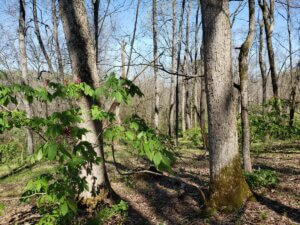
So, in the fall or 2020, we hired The Woodlands Solution, a forestry consultant, to help us choose. That very next spring, I hiked the farm with our forester over the course of three days. He showed me what to look for when selectively cutting timber and I personally marked around 200 trees to harvest.
About 70 of those were ash trees, most of which were growing in an area behind the main house at the farm. With the green ash borer just a county away, we wanted to go ahead and take the largest of those while they still had some value as timber. And the last thing we wanted was a huge expanse of large, dead trees towering just behind the house.
The remainder of the trees I selected were a mixture of large, old, hardwood trees, such as maple, basswood, cherry, elm, hickory, poplar, chestnut oak, walnut, red oak, black oak, and white oak.
You probably know that in order to make bourbon whiskey, you have to age it in brand new, white oak barrels. But you may not know that America is consuming white oak trees much faster than they can grow. A white oak big enough to make barrels needs to be at least 15” in diameter, and those don’t just spring up overnight. That amount of growth takes decades, which creates a supply problem for distilleries.
We first learned about this problem from the White Oak Initiative, an organization made up of private landowners, industry leaders, and government agencies who are working together to advocate for sustainable white oak forest management. Engineered Spirits believes very strongly in producing our products sustainably, so we knew right away this was something we cared about and would advocate for ourselves.
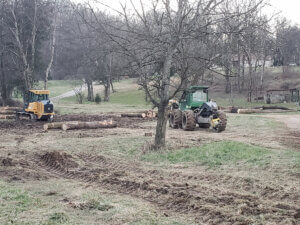
Which brings us back to the trees that we selectively cut at the farm in early 2022. We harvested 15 white oaks, a couple up to 32 inches in diameter at the base. Some were just very old, others too crowded together to remain healthy. But none of those were the best white oak we had on the farm.
That honor was reserved for a single, tall, straight tree, in the prime of its life. Our forester told us it was the most valuable tree on our property, with 12 feet of trunk or more that would produce premium, veneer-quality boards.
We decided to leave that highly valuable white oak tree as our seed tree. Instead we removed the black and red oaks around it that were keeping it from getting enough sunlight. We dubbed this tree the “Queen of the Forest” and, sure enough, the next year she showered the area with acorns, which will hopefully yield the next generation of white oaks.
But we still had those 15 that we had harvested. And we really wanted those to become our distillery’s first barrels. Our loggers had even agreed to reserve those logs for us and bring them down to the front lot. But we didn’t know exactly how or even where we were going to take them. That part was up to us. And, as it turned out, it wasn’t at all simple to do.
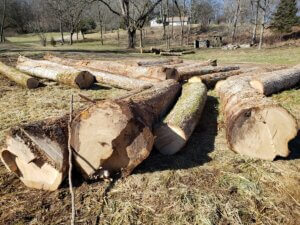
This was not the first time someone told us “no one ever does that,” and it’s certainly not going to be the last. But it was one of the first times we heard so many people say it. Chip called for weeks trying to locate a stave mill that would give us our own staves back after they had aged, and a cooperage that would give us our own barrels back. At last he located a stave mill in Kentucky that said they could do it. We just had to find a commercial driver who could take the logs to them.
You wouldn’t think this would be that complicated either – at least we didn’t – but it turned out it was. Weeks passed again before he finally found someone who would do it and they demanded a very hefty fee. Finally, though, our logs made it to Kentucky.

A few months later we watched the stave mill cut them into staves. Then, they were loaded onto pallets and set aside in the stave yard to age. White oak barrel staves must age a minimum of two years. This past October they passed that mark. Hopefully, sometime in the next year or so, we can have them sent to the cooperage, where they’ll be turned into barrels for our whiskey.
Back at the farm, we still have one major roadblock: we don’t yet have our building. Until that’s done, we can’t apply for our DSP (Distilled Spirits Permit). Therefore, we can’t distill our whiskey, let alone put it in a barrel. So, our next big project is salvaging and rebuilding Papa’s workshop to transform it into the Engineered Spirits Distillery. We expect that to take up this whole next year. In the meantime, it won’t hurt our staves to age a while longer at the stave mill while the distillery is getting built.
But we already have corn and springwater. We want to be making some whiskey right now, so it can be aging in a barrel over the next four years. We also want to get some more hands-on experience distilling at scale.
To address both of those things, we reached out to some folks in the next county over. But I’ll tell you the rest of that story in the next blog.
See you then!
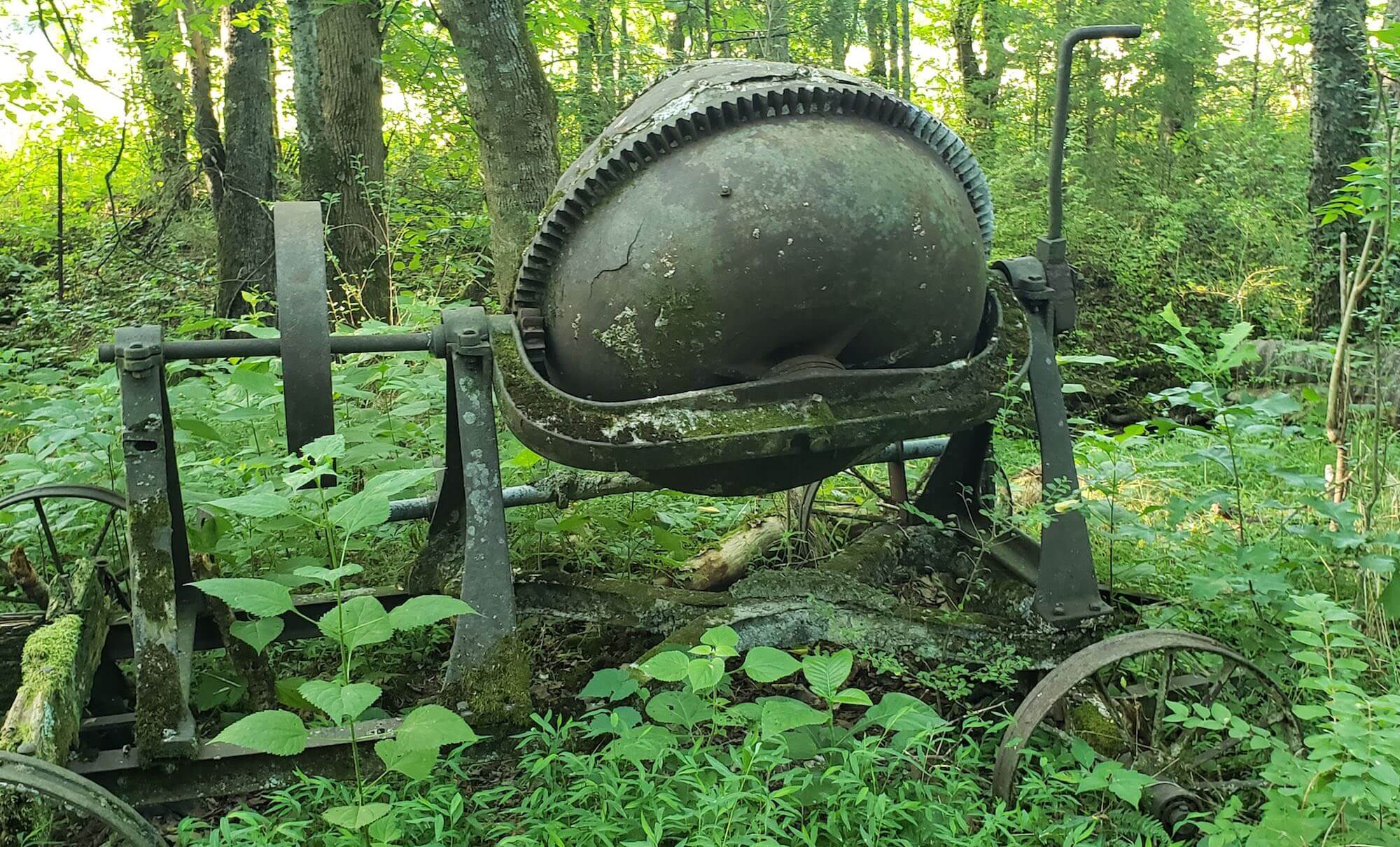
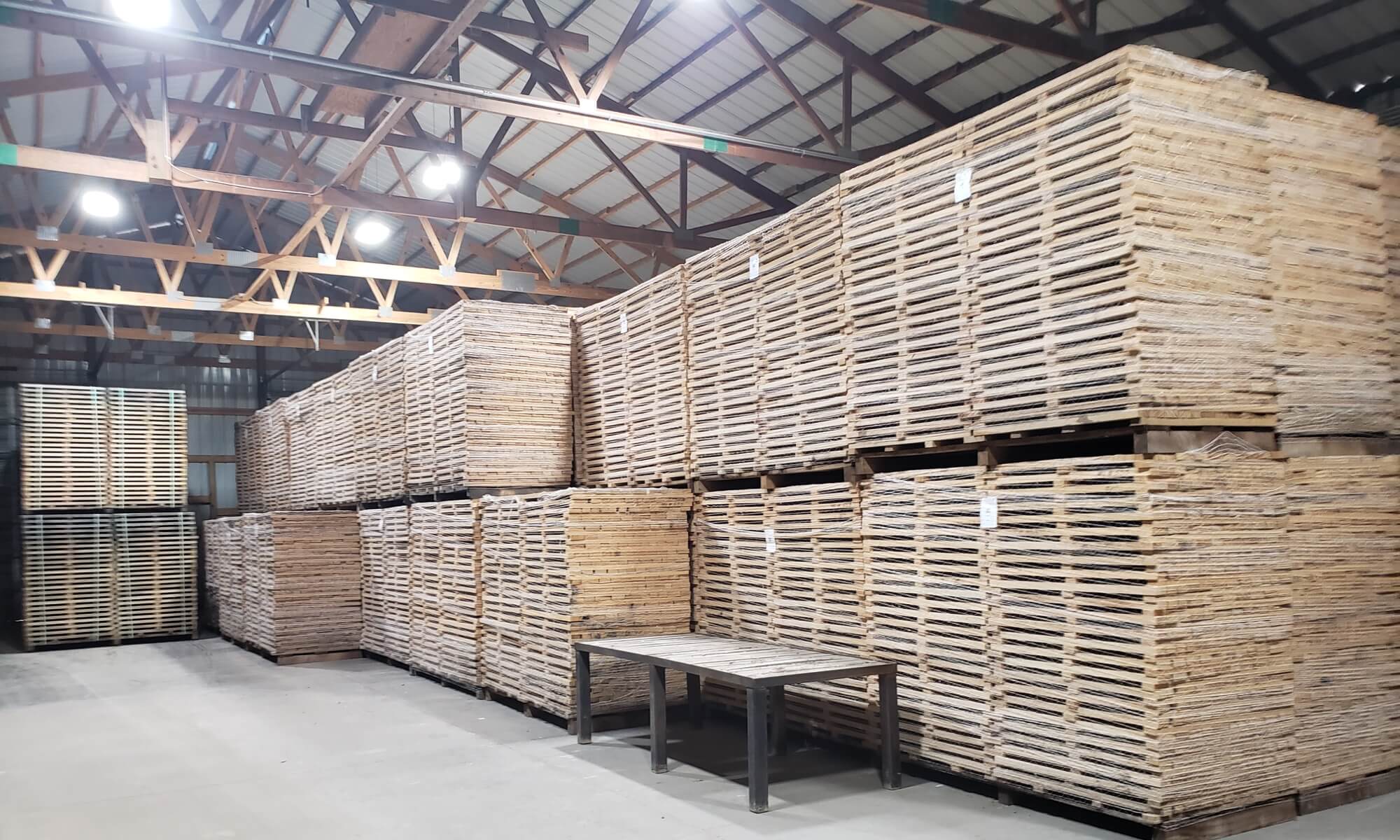
So KOOL!!!!!